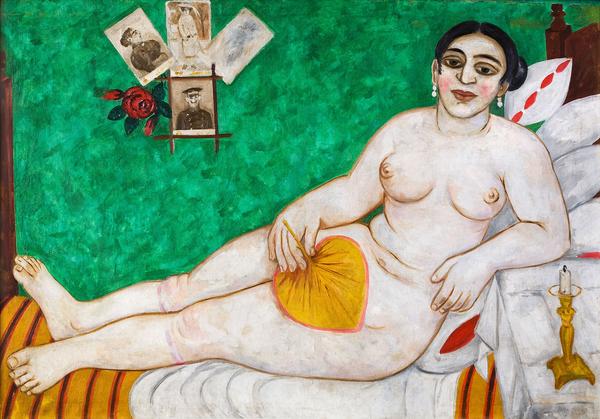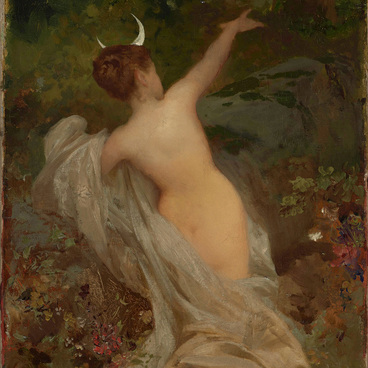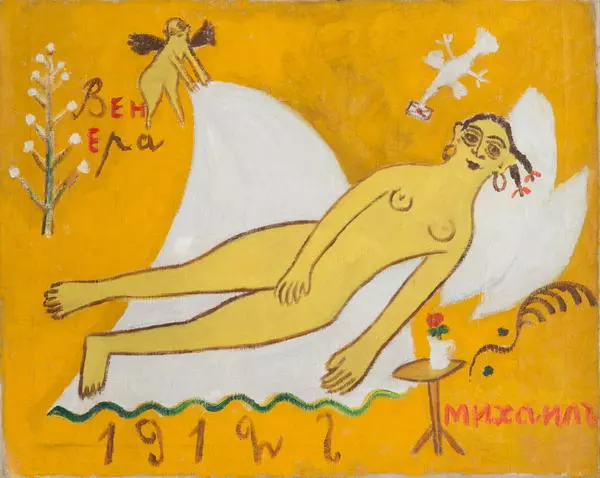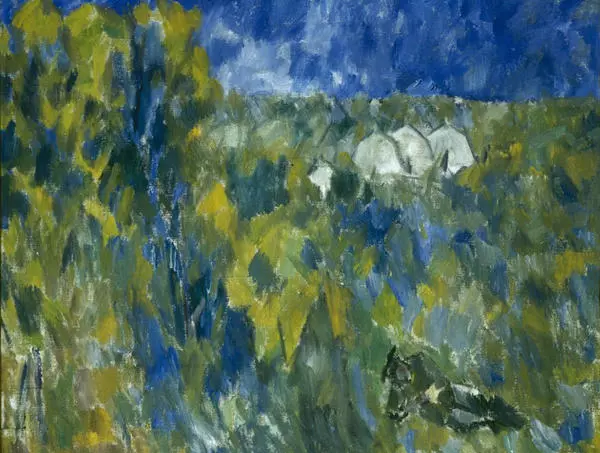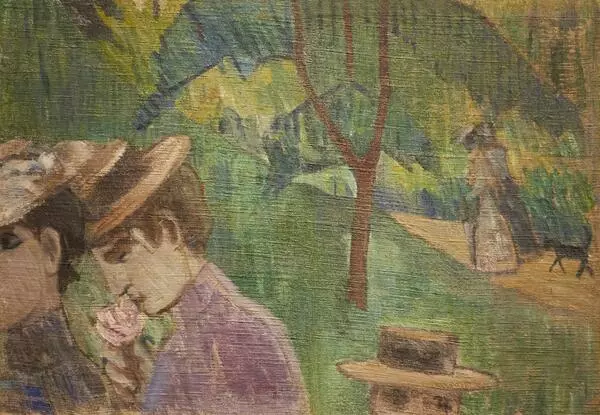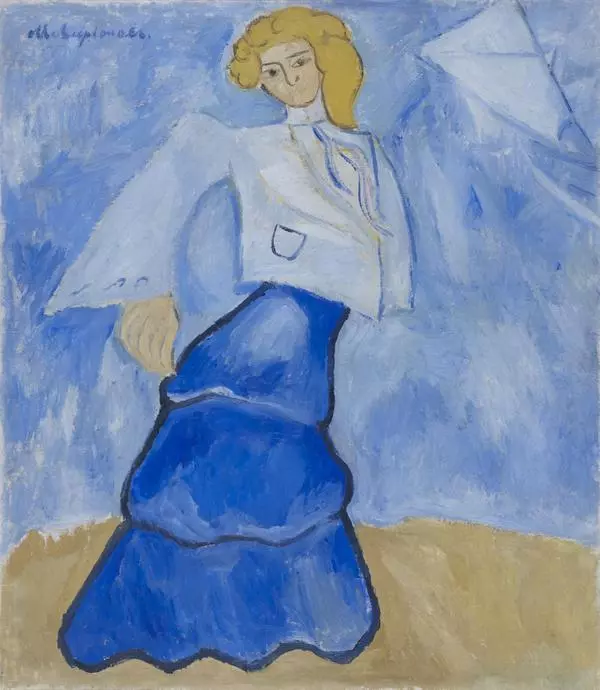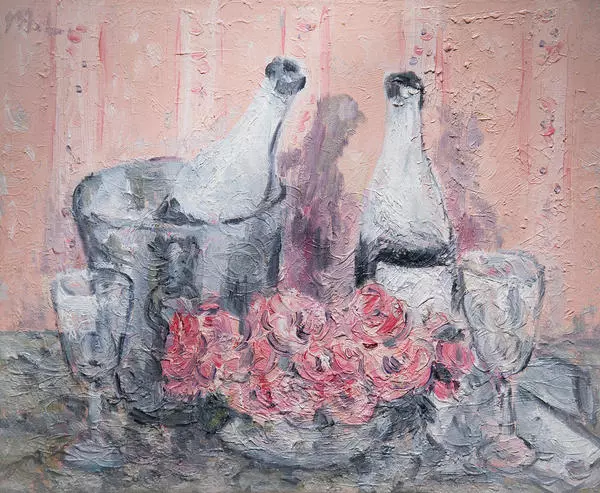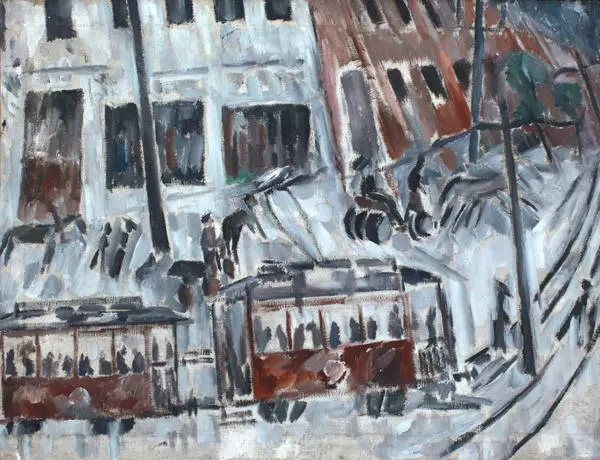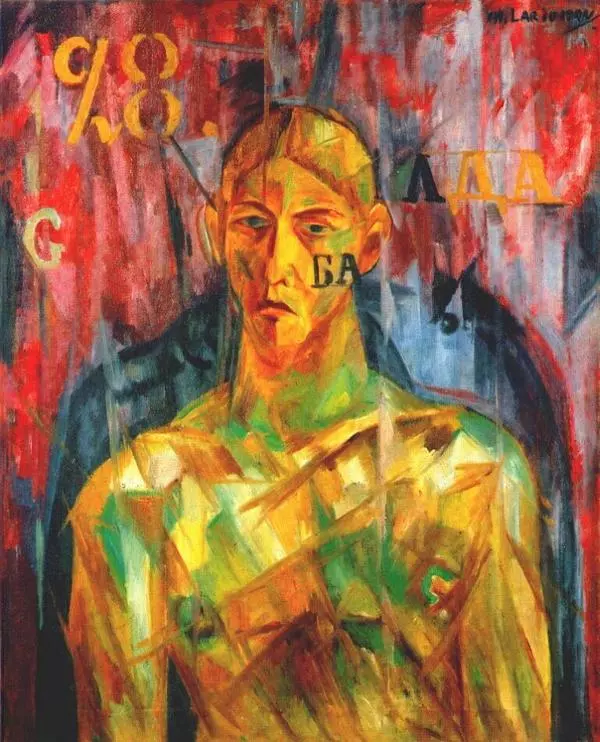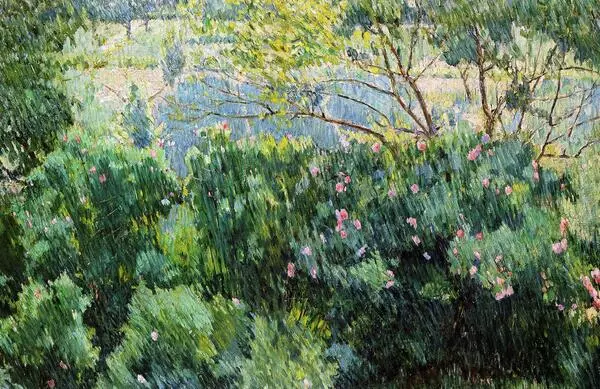Mikhail Larionov (1881-1964) was the founder of neo-primitivism — the first style of the Russian avant-garde, one of the most striking and original artists of the early 20th century. An unconditional and recognized leader, he led those who, just like him, felt the discrepancy of the ‘old’ pictorial tradition with the spirit of the times. Young artists at an accelerated pace adopted what was offered by the latest European art. They discovered the inexhaustible expressive possibilities of Russian folk art, urban folklore and created a completely original direction in European art.
Larionov was the manager or participant of all the most noted exhibitions of that time: Jack of Diamonds (1910), Donkey’s Tail (1912), The Target (1913), No. 4. Futurists, Rayonists and Primitive (1914).
The painting “Jewish Venus” from the collection of the Yekaterinburg Museum was painted by Mikhail Larionov in 1912 and was first shown at the “Target” exhibition. This painting belongs to a series of naked “Venus”, conceived by the artist as a contrast to the classical ideal of female beauty in pictorial art. Known are the “Katsap” Venus’ and ‘Soldier’s’, sketches were made for Moldavian, Turkish, Greek, Chinese, Japanese, Indian, Negro, Little Russian and French Venuses.
These are large canvases depicting naked female bodies: traditional iconography, dating back to Antiquity, revived in the Renaissance and reached the avant-garde. The heroines are lying on the bed, leaning on high pillows, their gaze is directed either at the viewer or a little to the side, but they have no shame of modesty. On the contrary, the leaf with which the Jewish Venus is hiding herself behind, and the traces of stockings on her legs look like a mockery of the tradition of depicting Eve. The names themselves are a parody of high mythology, since nothing divine is visible to larionov’s ladies. The artist creates his own interpretation of the ‘eternal’ image of Venus, embodying in her the popular idea of female beauty, brought up with a cheerful love of life.
The moment of the game, the author’s lovingly mocking attitude is obvious, expressed by the combination of low-key lowered image, rude, deliberately primitive drawing and artistic pictorial embodiment, exquisitely refined color, symbolism of color. As if the vibrating under the artist’s brush, green background color refers to its diverse meanings, including Christian, where it symbolized eternal life and flowering.

